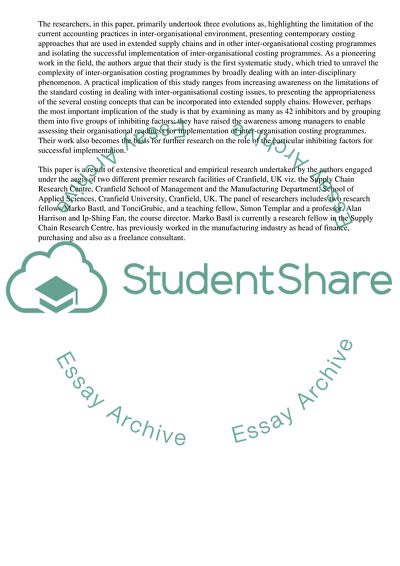Cite this document
(Inter-Organisation Costing Approaches in Supply Chains Research Paper, n.d.)
Inter-Organisation Costing Approaches in Supply Chains Research Paper. Retrieved from https://studentshare.org/business/1746167-inter-organisational-costing-attached-article
Inter-Organisation Costing Approaches in Supply Chains Research Paper. Retrieved from https://studentshare.org/business/1746167-inter-organisational-costing-attached-article
(Inter-Organisation Costing Approaches in Supply Chains Research Paper)
Inter-Organisation Costing Approaches in Supply Chains Research Paper. https://studentshare.org/business/1746167-inter-organisational-costing-attached-article.
Inter-Organisation Costing Approaches in Supply Chains Research Paper. https://studentshare.org/business/1746167-inter-organisational-costing-attached-article.
“Inter-Organisation Costing Approaches in Supply Chains Research Paper”, n.d. https://studentshare.org/business/1746167-inter-organisational-costing-attached-article.


